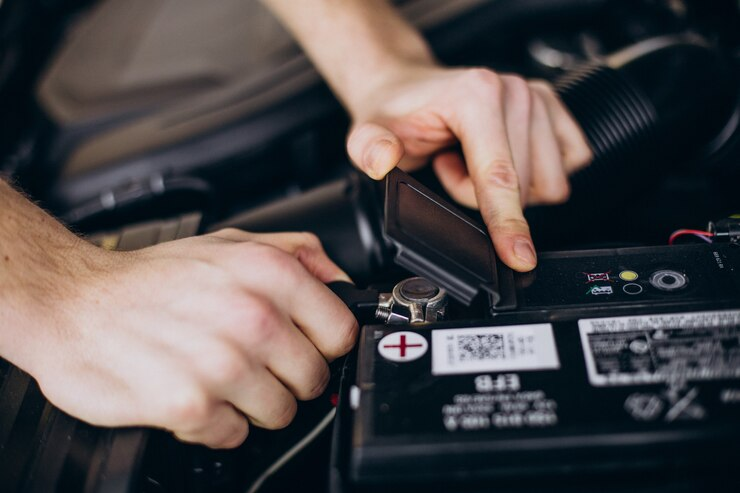Appearance Inspection: Check whether there is any damage, deformation, or liquid leakage on the battery casing. If there are cracks in the casing or electrolyte leakage, it will affect the battery's performance and safety, indicating that the battery may be damaged. At the same time, check whether the positive and negative terminal posts of the battery are rusty or corroded. If so, it will lead to poor contact and affect the charging and discharging of the battery.
Charging Situation: A good battery can generally charge to a certain amount of power within the specified time during charging, and there will be no abnormal situations such as overheating, excessive or too short charging time. If the battery shows that it is fully charged quickly during charging but has a short usage time, or it cannot be fully charged after a long time of charging, there may be problems with the battery. For example, the normal charging time for a lead-acid battery is generally about 6 to 8 hours. If it is fully charged in 2 to 3 hours, it is very likely that the battery has aged and its power storage capacity has decreased.
Discharge Test: You can observe the battery's discharge situation by riding the electric vehicle. Ride at a stable speed on a flat road and observe the power display. If the power drops too quickly, or the driving mileage of the electric vehicle is significantly shortened, it indicates that the battery's performance may have deteriorated. For example, a new battery can travel about 50 to 60 kilometers when fully charged, but after being used for a period of time, it can only travel about 30 kilometers. And if other influencing factors are excluded, there may be something wrong with the battery. In addition, professional discharge equipment can also be used to conduct a discharge test on the battery, measure its discharge capacity and voltage change, and more accurately determine the battery's performance.
Battery Voltage Detection: Use a multimeter to measure the op



